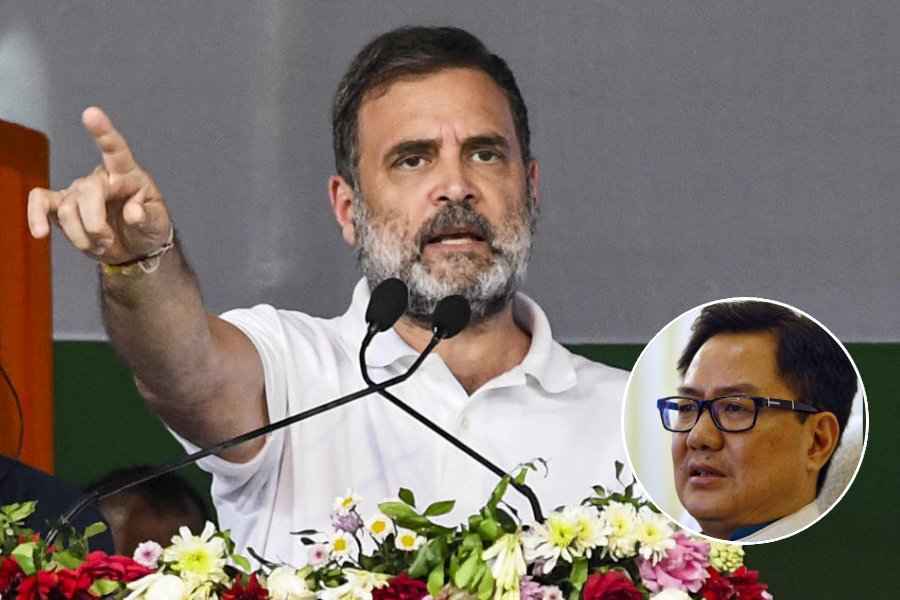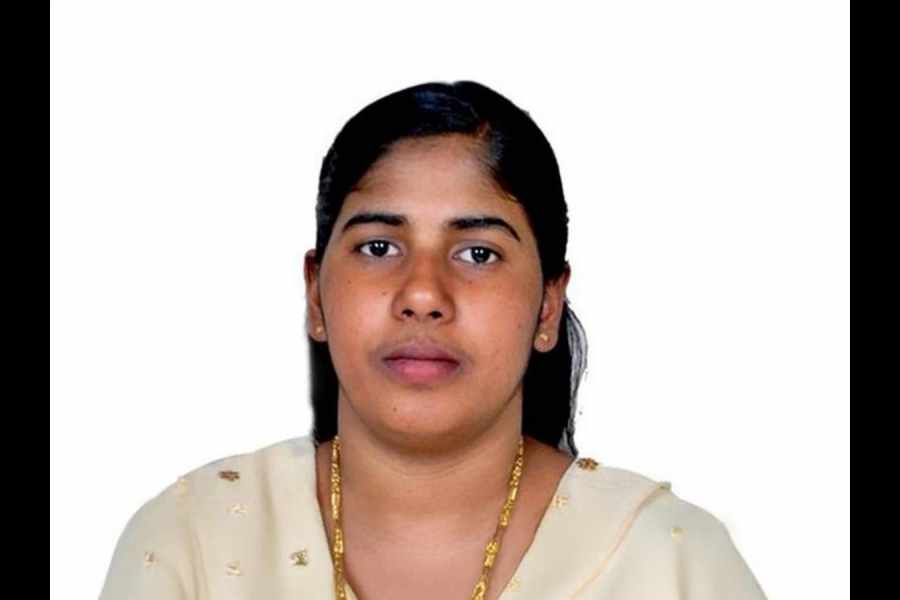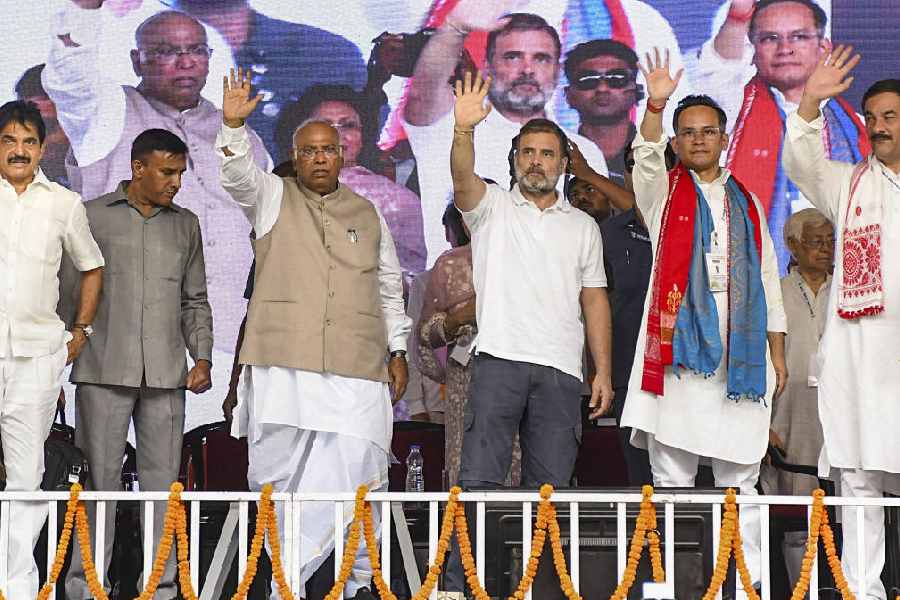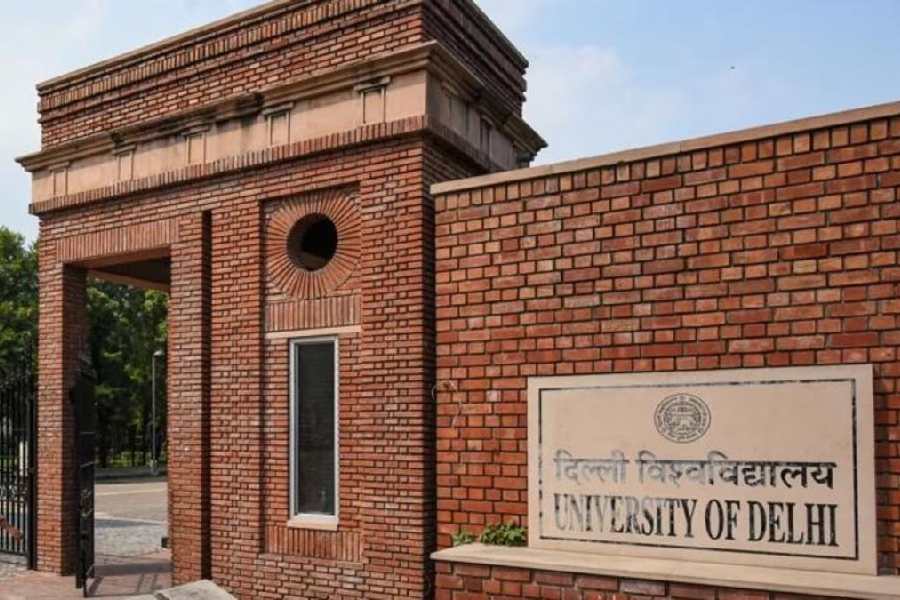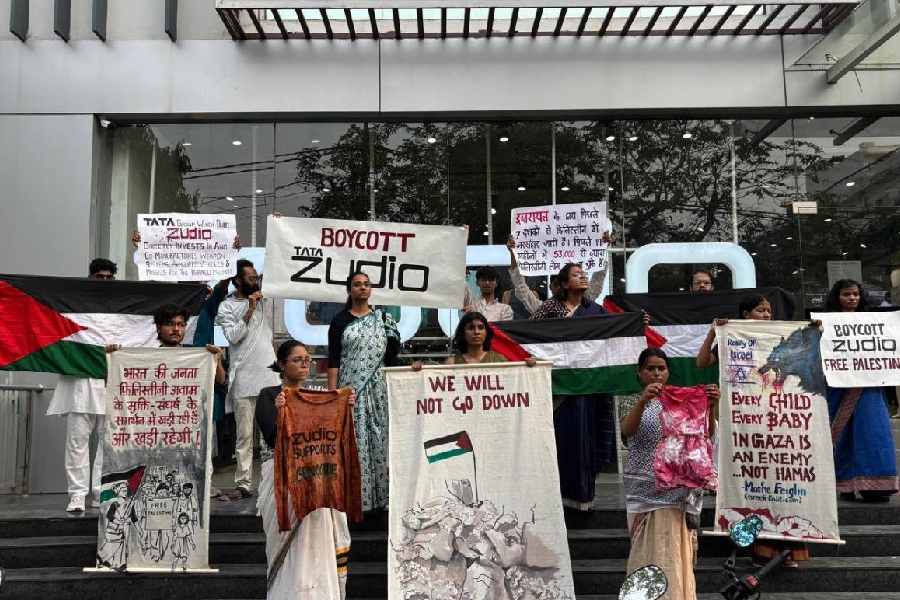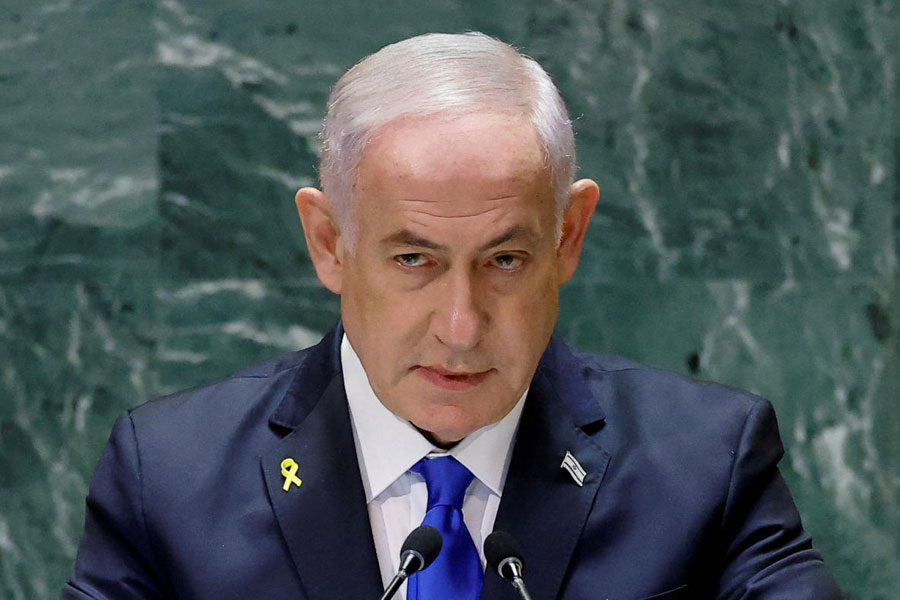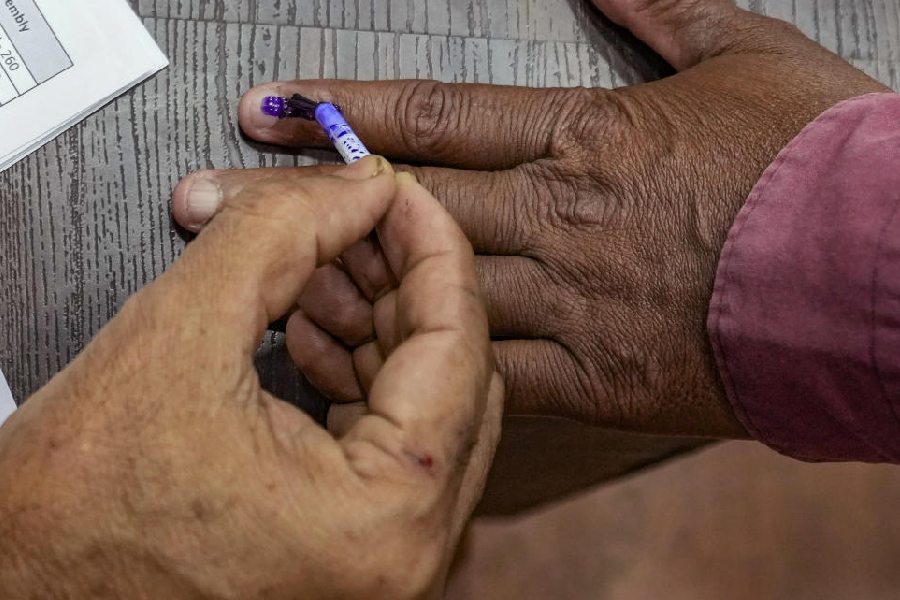 |
| 134 , Harrison Road, a hideout of swadeshis. Picture by Subho Bhattacharjee |
The State Archives are not famous for being involved in any worthwhile activity. Anybody who has visited this institution knows how difficult ? in fact, impossible ? it is for curious, non-academic people to get any information out of the archives, bound as it is in red tape.
So, it came as a surprise that this institution has joined hands with the Intelligence Bureau and Bangiya Sahitya Parishat to observe the centenary of the partition of Bengal.
For the first two days of the exhibition, that began last Sunday, some firearms and shells of explosives used during the movement by some young revolutionaries were on display. Then, they were removed. Do the police fear that some underground group would lay siege to the Parishat to get their hands on these antiquated and dysfunctional instruments?
The exhibition at the Parishat comprises mainly photocopies of official documents relating to the ?Banga Bhanga? movement, and photographs of buildings associated with it.
Till now, these have been with the archives. It begins in the beginning, with a notification of the partition dated July 19, 1905, and published from Shimla on July 22.
Protest meetings were held, thereafter, and the government?s reaction to these was recorded. Instructions were given to keep an eye on papers such as Sanjivani, Jugantar, Bandemataram, Sandhya and Karali. On August 7, the protest meeting at Town Hall attracted such a huge crowd that it spilled on to the road outside.
The chief secretary to the government of Bengal, RW Carlyle, sent a secret circular on October 10, asking government-funded schools and colleges to prohibit students from participating in the protest.
On January 25, 1906, Carlyle wrote to the secretary to the government of India. The Statesman published the Carlyle circular on October 22, 1905. The Anti-Circular Society was formed and Calcutta police filed a report on the organisation on February 11, 1906.
The government kept tabs on the swadeshi samiti and the movement and had drawn up a list of funds meant to keep it alive in the districts as well as Darjeeling, which was the residence of the lieutenant-governor. A ban on ?seditious? plays was slapped in 1911.
Rabindranath?s interrogation in the Alipore bomb case is interesting. A revolutionary had presented the poet a pamphlet titled Hoonkar, or roar. Rabindranath replied in the negative when Hume asked him if he approved of it. But in the positive when asked if he had read it.
Banned publications, like a report on Tilak?s case, Nandakumar, Roshenara and contemporary journals, and books written in the swadeshi period, and a photocopy of a magazine that carried an account of the day of the partition are on display. Jatras, too, were not spared and productions such as Shiva charitra and Meera Uddhar were banned. Their handbills tell the whole story.
The partition was revoked on December 10, 1911. Maps of Bengal before and after partition and of revolutionary centres have been put up.
There is a display of photographs of buildings associated with swadeshi and of some of the great personalities who spearheaded or inspired it. Better display could certainly have improved matters.


